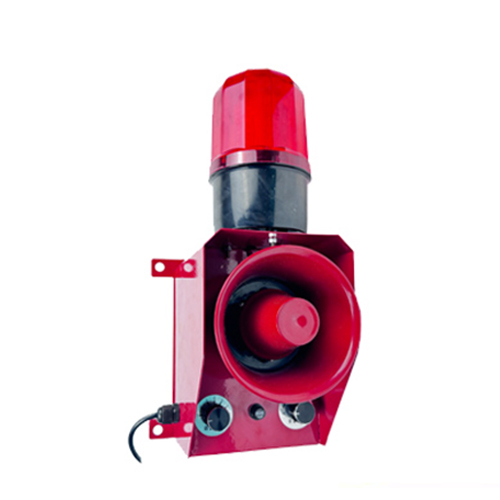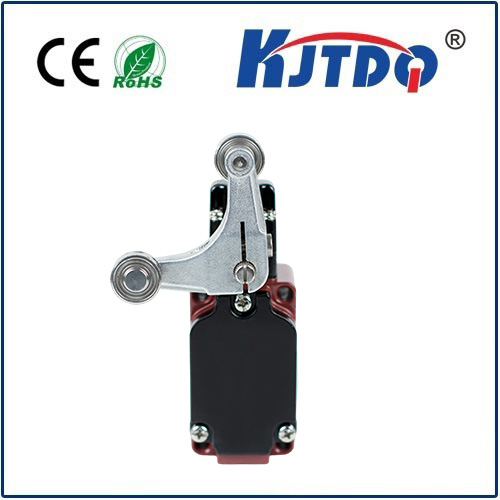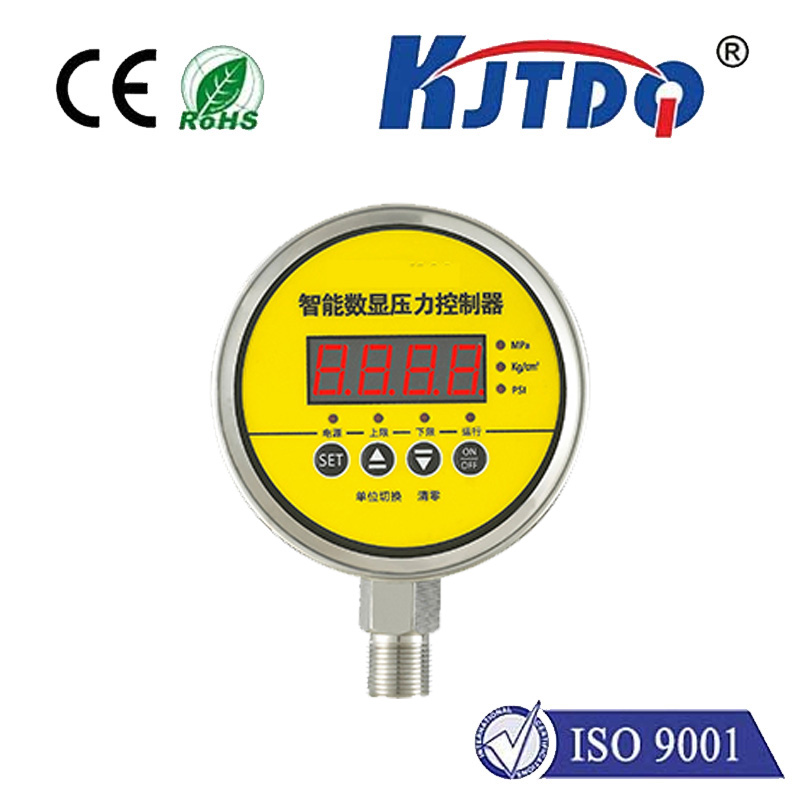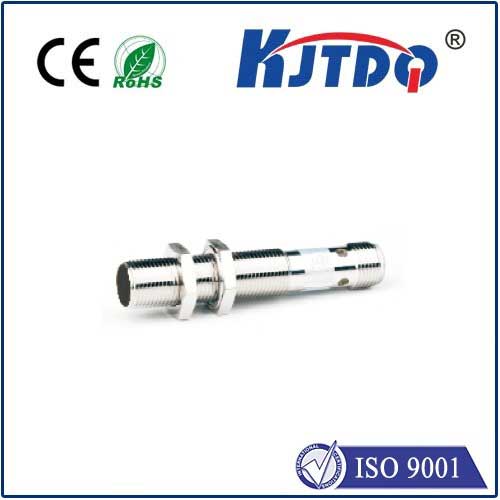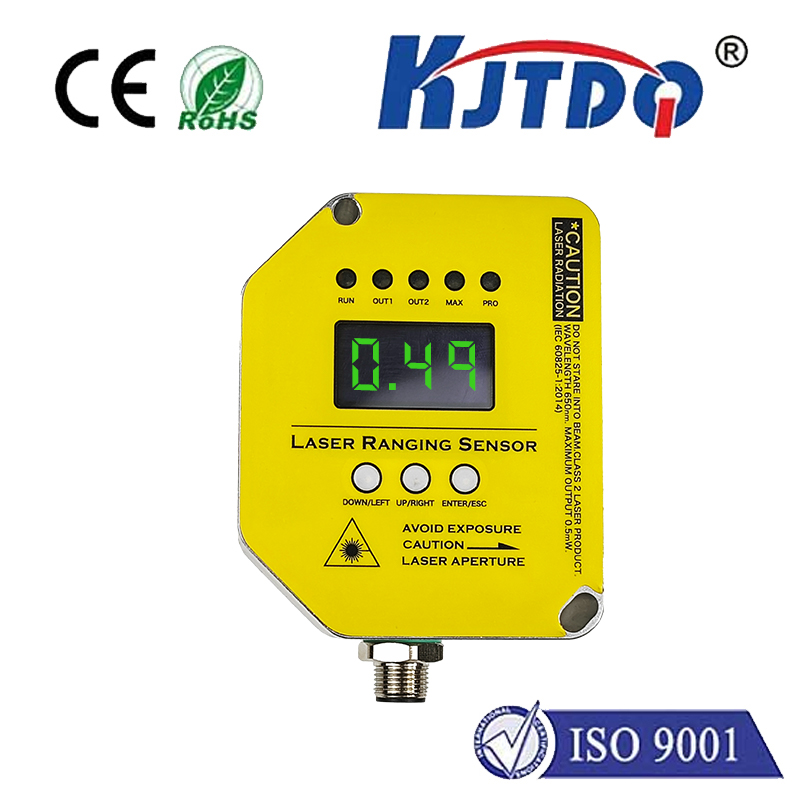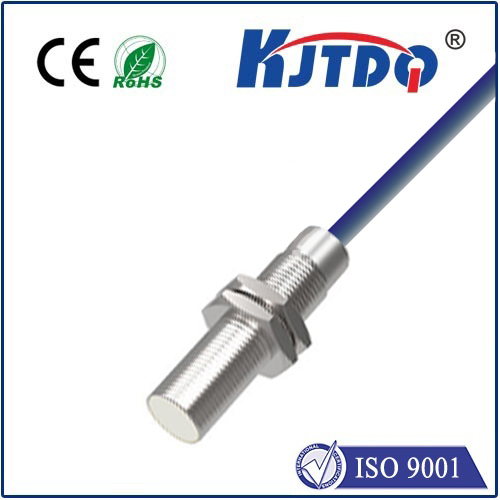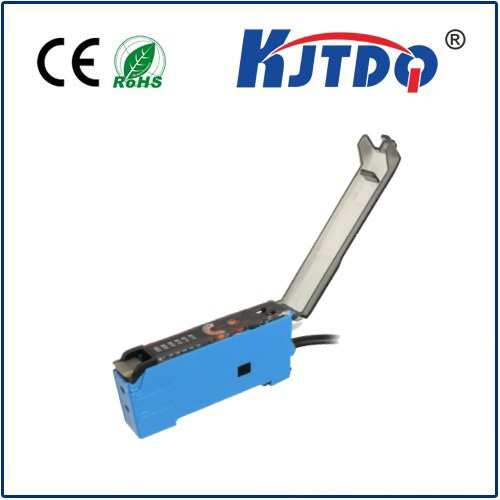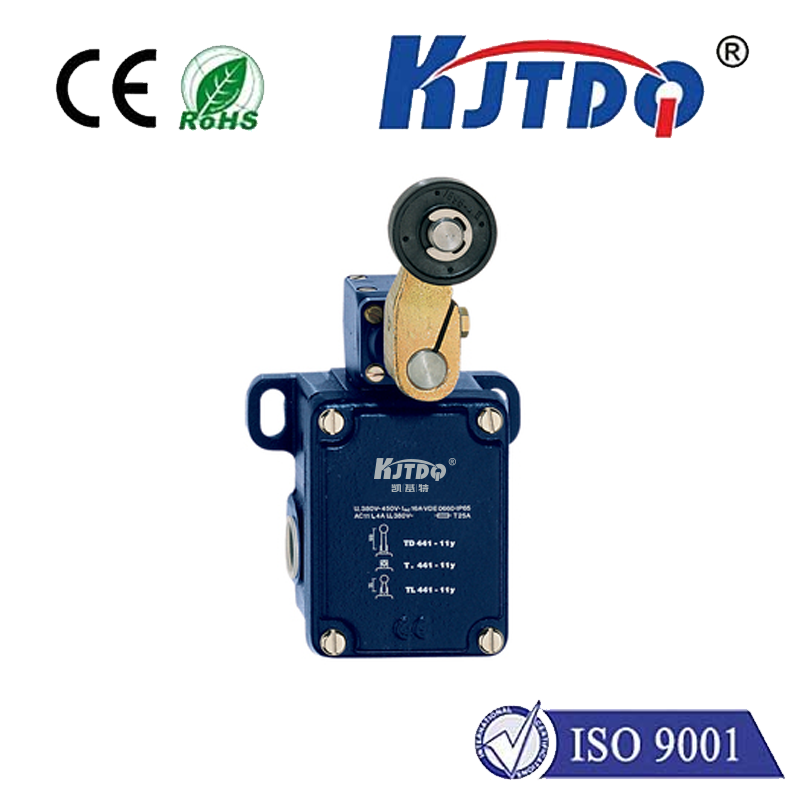capacitive soil sensor
- time:2025-08-13 15:06:59
- Нажмите:0
Capacitive Soil Sensors: The Smarter Way to Monitor Moisture Without Corrosion
Ever meticulously watered your prized plants, only to find them wilting days later? Or perhaps, despite your best efforts, root rot sets in from unseen, persistent dampness? For gardeners, farmers, and anyone nurturing plant life, accurately gauging soil moisture has always been a challenge. Guessing or relying solely on surface appearance often leads to wasted water, stressed plants, or worse. Enter the capacitive soil sensor – a sophisticated yet increasingly accessible tool revolutionizing how we measure the lifeblood of plants: water in the soil. Unlike older, problematic methods, these sensors offer a corrosion-resistant, highly reliable approach to soil moisture monitoring, forming the bedrock of modern precision agriculture and smart gardening.
The Problem with the Past: Resistive Sensors
To appreciate the innovation of capacitive sensing, it’s crucial to understand what came before. For decades, the dominant inexpensive soil moisture sensor technology was the resistive or conductivity-based sensor. These sensors work by measuring the electrical resistance between two exposed metal probes inserted into the soil. Since water conducts electricity better than dry soil, lower resistance indicates higher moisture.
However, resistive sensors suffer from significant drawbacks:

- Electrode Corrosion: The constant electrical current passing through the probes and the soil electrolyte causes rapid electrochemical corrosion of the metal electrodes. This fundamentally alters their characteristics over time, leading to drifting readings and eventual sensor failure.
- Salinity Sensitivity: The measurement is heavily influenced by the level of salts (ions) dissolved in the soil water. High salinity, common in fertilizers or arid regions, can make moist soil appear extremely wet, leading to inaccurate readings and potential underwatering.
- Poor Longevity: Corrosion and chemical buildup on the probes drastically shorten the sensor’s operational lifespan, making them unreliable for long-term monitoring.
How Capacitive Soil Sensors Work: Harnessing Dielectric Properties
Capacitive soil sensors operate on an entirely different, more robust principle. They function by acting like a capacitor – an electronic component that stores electrical energy in an electric field. Instead of measuring electrical flow through the soil (resistance), they measure the soil’s ability to store electrical energy – its dielectric constant.
The sensor typically consists of one or more pairs of electrodes (often arranged as traces on a circuit board or embedded in a protective housing) not in direct electrical contact with the soil. These electrodes act as the plates of a capacitor, with the surrounding soil acting as the dielectric material separating them.
Here’s the key science:
- Dry Soil: Air has a very low dielectric constant (≈1). Dry soil, being mostly air and solid particles, also exhibits a relatively low dielectric constant.
- Wet Soil: Water, however, has a very high dielectric constant (≈80 at room temperature). As soil moisture increases, water molecules displace air within the soil pores. The average dielectric constant of the soil surrounding the sensor’s electrodes increases significantly.
- Measuring the Change: The capacitive sensor circuitry measures the capacitance between its electrodes. This capacitance is directly proportional to the dielectric constant of the material (the soil) between them. Therefore, a higher capacitance reading correlates strongly with higher soil moisture content.
Why Capacitive Sensors are Superior for Soil Moisture Monitoring
The shift from resistive to capacitive technology offers compelling advantages:
- No Electrode Corrosion: Since capacitive sensors measure a field effect without passing a significant direct current between electrodes into the soil, the probes don’t corrode. This is their single biggest advantage, ensuring long-term stability and accuracy.
- Improved Longevity: Protection from corrosion inherently means a vastly longer operational lifespan compared to resistive sensors. Properly encapsulated capacitive sensors can function reliably in the ground for years.
- Reduced Salinity Sensitivity: While no sensor is entirely immune to salinity, capacitive sensors are generally much less affected than resistive types. Their measurement depends more on the presence of water molecules rather than the concentration of ions conducting current.
- Better Accuracy & Stability: The absence of corrosion and reduced salt sensitivity translates to more stable and reliable moisture readings over extended periods. Calibration tends to be more consistent.
- Lower Power Consumption: Capacitive measurements typically require very brief bursts of energy to charge the “capacitor,” making them highly suitable for battery-powered IoT (Internet of Things) and remote monitoring applications.
Key Applications: From Garden Beds to Vast Fields
The benefits of capacitive soil sensors unlock diverse applications:
- Smart Gardening & Irrigation Control: Home gardeners and greenhouse managers integrate these sensors with smart irrigation controllers. The system automatically waters plants only when the sensor detects soil moisture falls below a pre-set threshold, optimizing water use and plant health. “Smart irrigation driven by capacitive sensors saves water and boosts yields.”
- Precision Agriculture: In large-scale farming, networks of capacitive sensors provide detailed soil moisture maps across fields. This data feeds into sophisticated precision agriculture platforms, enabling variable rate irrigation – applying water only where and when it’s needed. This maximizes crop productivity while conserving precious water resources and reducing energy/fuel costs.
- Scientific Research & Environmental Monitoring: Researchers rely on the long-term stability of capacitive sensors for ecological studies, climate research, and monitoring soil conditions in forests, wetlands, and construction sites. Networked sensors provide continuous data streams.
- Internet of Things (IoT) Integration: The low power requirements and digital output capabilities of modern capacitive sensors make them perfect building blocks for IoT networks in agriculture (AgriTech) and urban landscaping. Data flows wirelessly to dashboards for remote monitoring and automated actions.
Considerations for Effective Use
While superior, capacitive soil sensors aren’t magic. Optimal use requires some attention:
- Sensor-to-Soil Contact: Adequate contact between the sensor probe’s sensing surface and the soil is crucial for an accurate reading. Avoid large air gaps or rocks. Gentle compaction during installation helps.
- Soil-Specific Calibration: While generic calibrations exist, the relationship between dielectric constant and actual volumetric water content (VWC) can vary slightly with soil type (clay, sand, loam). For the highest accuracy, soil-specific calibration is recommended, though many modern sensors have excellent factory calibrations suitable for most purposes. Understanding your soil type helps interpret readings.
- Temperature Effects: Like most electronic components and physical properties, readings can have a minor temperature dependency. High-quality sensors include temperature compensation. Be aware of potential drift during extreme temperature swings.
- Burying Depth: Place sensors at the primary root zone depth for the plants you’re monitoring. Multiple sensors at different depths provide a valuable moisture profile.
Embracing Smarter Soil Insight
The capacitive soil sensor represents a significant leap forward in soil moisture monitoring technology. By eliminating the critical flaw of corrosion inherent in older resistive tech and offering superior stability and longevity, these sensors provide the reliable data foundation needed for efficient water management across scales. Whether optimizing a home vegetable patch, automating irrigation in a commercial nursery, or implementing large-scale precision agriculture strategies, capacitive sensors deliver the essential insight: knowing exactly when and how much your soil needs to drink. As smart gardening and farming practices continue to evolve, this innovative sensor technology will remain indispensable in nurturing healthier plants and conserving our vital water resources.

